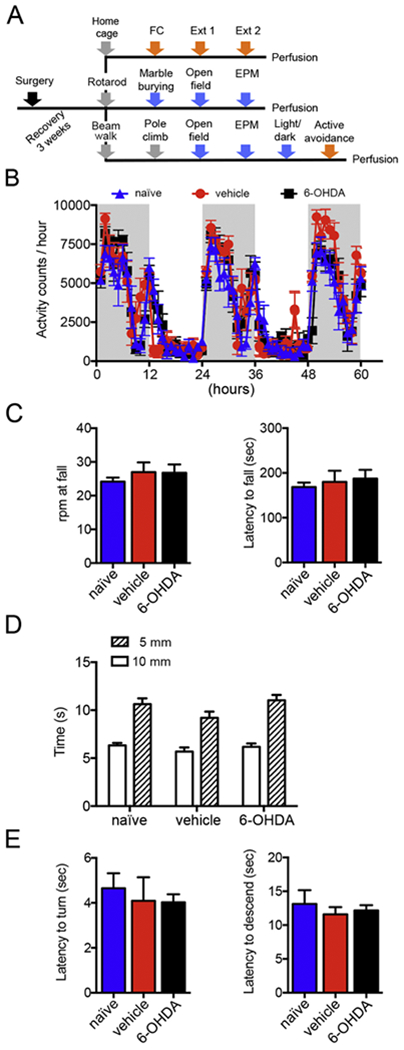Fig.3. BL-targeted catecholaminergic lesion does not impair motor activity.

(A) Schematic diagram of the experimental design employed for behavioral assessments. Mice underwent surgery at 8 weeks of age and were allowed to recover for 3 weeks. Mice were divided in 3 different cohorts undergoing different behavioral batteries each starting with a motor test and followed by tests for anxiety-like behavior, fear-related tests or a combination of the two. The putatively most stressful test was always performed at the end. Abbreviations: EPM, elevated plus-maze; FC, cued fear conditioning; Ext, extinction training. (B) Home cage activity was measured during 3 nights and 2 days as activity counts/hour. No difference was found between naïve (n=8), vehicle- (n=6) and 6-OHDA-injected (n=8) mice. (C) In the accelerating rotarod test, the rpm at fall and latency to fall were measured for naïve (n=8), vehicle- (n=10) and 6-OHDA-injected (n=12) mice. No differences were detected among the 3 groups for the rpm at fall (p=0.70; 1-way ANOVA; 6-OHDA vs vehicle p=0.99, 6-OHDA vs naïve p=0.73, naïve vs vehicle p=0.72, Tukey multiple comparisons test) and latency to fall (p=0.70, 1-way ANOVA). (D) The time required by naïve (n=8), vehicle- (n=12) and 6-OHDA-injected (n=9) mice to traversed narrow (10 and 5mm wide) beams was comparable among groups (10mm beam: 6-OHDA vs vehicle p=0.77, 6-OHDA vs naïve p=0.97, naïve vs vehicle p=0.66; 5mm beam: 6-OHDA vs vehicle p=0.03, 6-OHDA vs naïve p=0.86, naïve vs vehicle p=0.14, 1-way ANOVA followed by Tukey multiple comparisons test). (E) In the pole climb test, naïve (n=8), vehicle- (n=10) and 6-OHDA-injected (n=8) mice showed similar latency to turn (p=0.84, 1-way ANOVA) and to descend (p=0.70, 1-way ANOVA). Data are shown as mean ± SEM.
